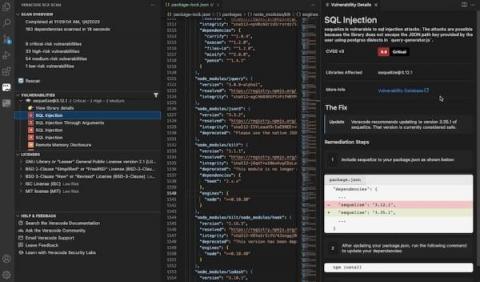4 Categories of Container Security Vulnerabilities (& Best Practices to Reduce Risk)
Containerization is becoming increasingly common due to portability, ability to isolate application dependencies, scalability, cost effectiveness, and ease of use. The ability to easily package and deploy code has changed the way that organizations work with applications. But like with Windows servers years ago, or AWS today, any time one specific technology gains a significant portion of the market share, it becomes a target for attackers.





